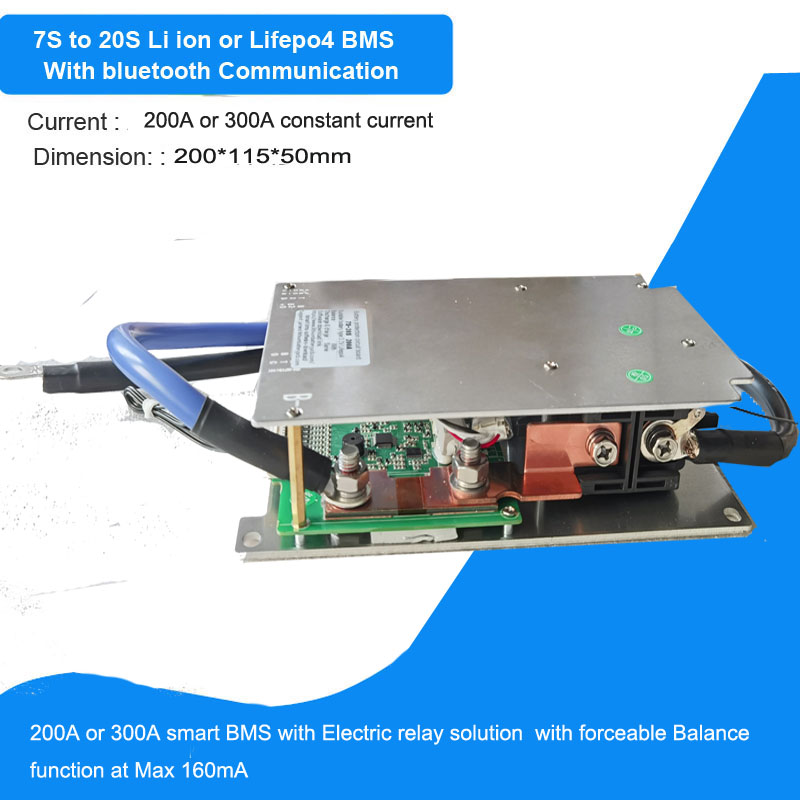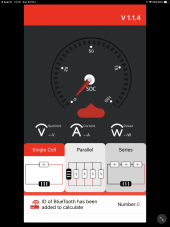Xhumeka
Off-Grid'er
…so the secret to running parallel BMS units is easy. Set your external devices (loads/chargers) to just under the ratings for one of the battery packs. That way, if (in my case), 3 of my 4 packs go into error (very unlikely) the charge/discharge current values are still good for the remaining single pack. Surprisingly, all packs have kept in sync 99% of the time. If one pack does cutout, I am careful to make sure an alarm informs me so I can get it back online quickly- so I don’t have to do a rebalance. Maybe it’s happened twice in 15 months (and thats because I charged at too higher voltage during some experimentation).
The biggest thing that keeps the Daly/lifepo4’s happy is keeping well within any top/bottom values you set. Work to battery limits and expect a few blackouts…
Thanks for this - but I was referring to posts from those saying multiple smart daly bms units simply WON'T work together, and stating that Daly themselves have stated multiple BMSs in parallel is not supported:

Daly BMS disaster, PLEASE HELP!
Greetings, I have a 32 cell 200 ah LiFePo4 battery pack I just installed along with an Epever XTRA MPPT and 3000w inverter. The batteries are wired 8 in series, with 4 packs of 8 in parallel for my 24 volt. I have 4x Daly 8S 24V 150A "R32U-GB04" BMS on each pack. The problem started with 1 of...
I was assuming that's why THIS was then marketed, but I'm curious to know if it's absolutely required, or if others are running 3-4 Daly smart BMS packs in parallel with no issue.




